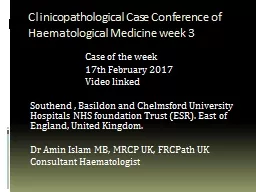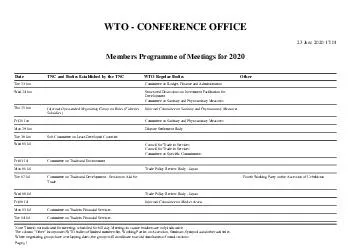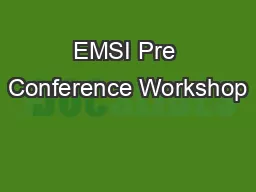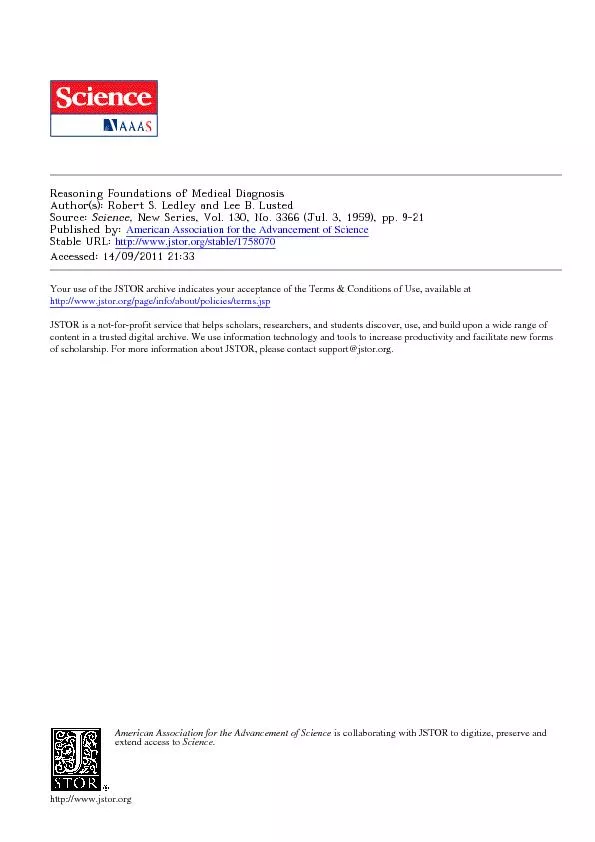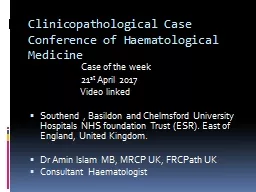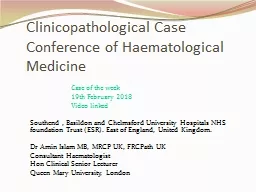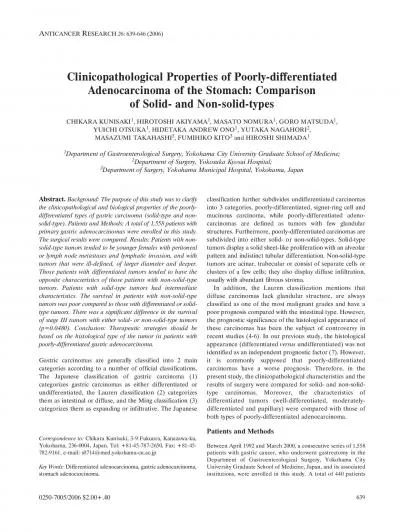PPT-Clinicopathological Case Conference
Author : mitsue-stanley | Published Date : 2017-12-14
of Haematological Medicine week 3 Case of the week 17th February 2017 Video linked Southend Basildon and Chelmsford University Hospitals NHS foundation Trust
Presentation Embed Code
Download Presentation
Download Presentation The PPT/PDF document "Clinicopathological Case Conference" is the property of its rightful owner. Permission is granted to download and print the materials on this website for personal, non-commercial use only, and to display it on your personal computer provided you do not modify the materials and that you retain all copyright notices contained in the materials. By downloading content from our website, you accept the terms of this agreement.
Clinicopathological Case Conference: Transcript
Download Rules Of Document
"Clinicopathological Case Conference"The content belongs to its owner. You may download and print it for personal use, without modification, and keep all copyright notices. By downloading, you agree to these terms.
Related Documents

